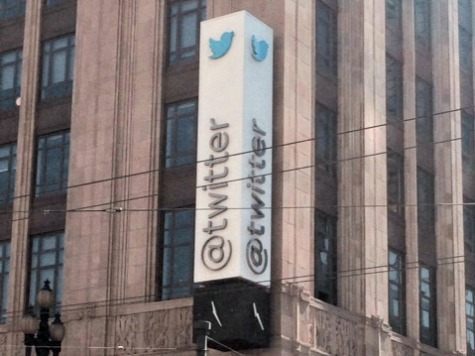Has Twitter turned on its userbase? Desperate to develop a viable revenue model as investors start to lose confidence, the microblogging giant has begun to exert greater control over its users’ timelines.
Originally presented as a means to tackle “trolling” and “abuse”, new comments from CEO Dick Costolo suggest a more commercial motive behind recent changes on the platform.
When Twitter introduced mandatory content filtering in late April, it was presented as an anti-abuse mechanism. It’s not like they were trying to take control of our news feeds or anything – they were just trying to protect us from all those dangerous, abusive trolls out there.
Naturally, the mainstream press lapped it up. After all, they had been beating the drum about Twitter’s “trolling problem” for more than a year. This was surely a confirmation of the media’s power to set the agenda. Twitter’s change received positive writeups in The Guardian, Mashable, The Verge, and a number of other outlets, as well as praise from “social justice warriors” who had pushed for tougher action on Twitter abuse.
One important detail was missing from many of the reports. The new content filter cannot be turned off. Even those users who want an unfiltered, open experience (the same experience Twitter built its reputation on) no longer have an option to do so.
It also became apparent that Twitter’s new filter was censoring a suspiciously large number of non-abusive tweets. Far from targeting “trolls”, it was catching journalists, businesswomen, and tech CEOs as well as ordinary users.
Other tweets that do contain abusive language, but could also be interpreted as political protest, have also been filtered on the platform.We’ve certainly come a long way from the Twitter of the Arab Spring and Occupy Wall Street, when corporations and authoritarian governments had to deal with all manner of “abuse” and “trolling” from discontented citizens. But is there anything to Twitter’s changes other than tackling trolls?
According to comments made by Dick Costolo at the recent Re/code conference, there could be. Costolo confirmed that Twitter is moving from a “tech-centric, follow-based, reverse-chronologic-centric” platform to one that focuses on delivering “curated, media-centric relevance-based content” to its users.
In English, that means Twitter wants to slowly take away users’ power to control what they see on the platform. Despite Costolo’s corporate-grey tone, this is a big move. A very big move. Instead of allowing users to create their own mix of content by following various accounts, Twitter now wants to control what appears on its users’ timelines.
Could that be why they won’t let you turn their new content filters off?
There’s certainly a commercial reason for doing so. Twitter’s Q1 results were, to put it mildly, not great. Investors are losing confidence, and there is even talk that Dick Costolo may have to step down as CEO before the year is out.
There is enormous pressure on Twitter right now to come up with a more lucrative revenue model than it’s current system of promoted hashtags and tweets. Taking control of its users’ timelines would certainly give the company far more flexibility in terms of what it can offer to advertisers.
Twitter’s ex-head of security, John Adams, certainly seems to think that a need for more advertising has driven recent changes:
The million-dollar question is: will Twitter’s users stand for it? The microblogging platform built up its success on offering users a free, open platform where they could engage with — and be engaged by — virtually anyone on the planet. How will they react when it dawns on them that this model of open, voluntary communication has replaced by a top-down model of filtered communication?
Despite spending the last two years berating Twitter to do more to control its “abusive” users, it may be journalists who end up sounding the alarm. The recent suspension of Chuck C Johnson, the controversial founder of GotNews.com led to a surprising show of journalistic solidarity from Slate’s Amanda Hess, who is certainly no fan of Jonhson’s politics. Journalists have come to depend on Twitter for breaking news, and are likely to revolt if there is any sign of their timelines being filtered.
And what about the “power users”? The ones who generate the content that keeps all the other users coming back? So far, most of them seem unaware of what is going on. If there were any signs of discontent from them, Twitter would be in trouble — although the lack of viable competitors remains an issue. Twister, the P2P-based alternative currently under development, continues to proceed at a snail’s pace.
It is increasingly apparent is that major changes to Twitter are on the way, and that they are not primarily driven by the need to tackle “trolling” — if, indeed, they ever were . The obsessive focus of the media online harassment in recent years has allowed Twitter to escape scrutiny on other issues: in this case, its commitment to open, unfiltered discourse. But as the reality of Twitter’s priorities becomes more widely known, I suspect this may change very quickly.
Follow Allum Bokhari @LibertarianBlue on Twitter.

COMMENTS
Please let us know if you're having issues with commenting.